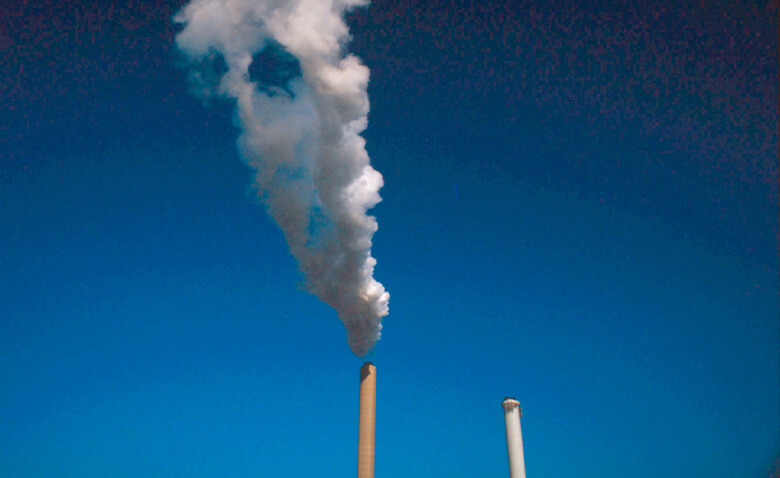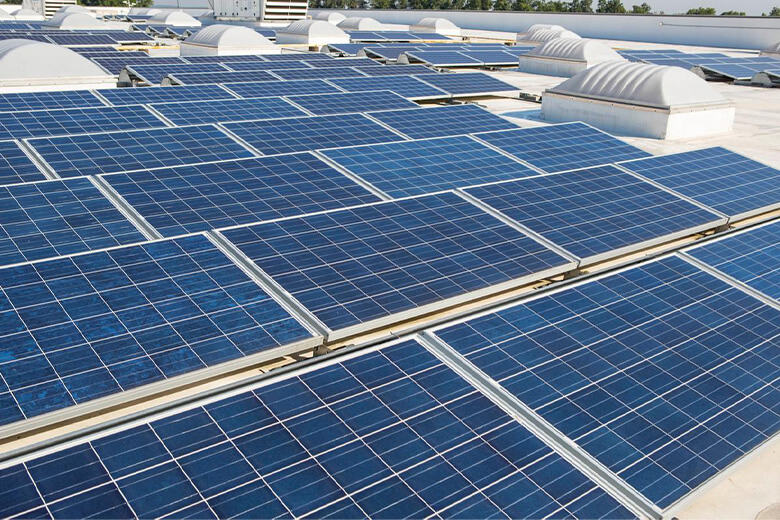Remaining issues in the GX laws and necessary improvements
2024/09/25
Table of Contents
1. Two Laws for the Green Transformation (GX)
2. The GX Promotion Act: Problems and Improvements around Carbon Pricing
3. GX Decarbonized Power Supply Act: Problems and Improvements around the Use of Nuclear Power
1. Two Laws for the Green Transformation (GX)
Deliberations on the two bills which will form the basis of the government’s climate change countermeasrues for the next 10 years - the Green Transformation (GX) Promotion Act *1 and the GX Decarbonized Power Supply Act *2- is reaching its final stages in the Parliament.
The definition of GX is "transforming the industrial and social structures that have been centered on fossil energy since the Industrial Revolution to those centered on clean energy" *3.
Through the realization of GX, the government aims for the following three points *4.
(a) Achieving Japan's GHG reduction target of 46% up to 50% by 2030 compared to 2013 levels and carbon neutrality target by 2050,
(b) Providing a stable and cheap energy
(c) Strengthening Japan's industrial competitiveness and linking it to economic growth
On February 10, 2023, the Kishida administration made a cabinet decision on the "Basic Policy for the Realization of GX," a policy package for the GX. In order to lay the necessary legal ground for its implementation, the GX Promotion Act and the GX Decarbonized Power Supply Act, mentioned at the beginning, were submitted to the ordinary Diet session in 2023.
The GX Promotion Act stipulates a carbon pricing system and investment support for technological development necessary for a decarbonized society.
The GX Decarbonized Power Supply Act amends five related laws together and stipulates the active use of nuclear power and strengthened regulations on renewable energy businesses.
The GX Promotion Act passed the Parliament on May 12, 2023. Deliberations on the GX Decarbonized Power Supply Act has also begun in the House of Councilors. However, of the three GX objectives mentioned above, these two laws still have problems in achieving Japan's GHG reduction target.
2. GX Promotion Act: Issues and Improvements around Carbon Pricing
The GX Promotion Act envisages the introduction of a system called carbon pricing as the core of the policy. Carbon pricing is a mechanism that requires monetary burden for the emission of GHGs such as carbon dioxide, and there are two types:
(a) Emissions Trading System
・ A cap is set on the total greenhouse gas emissions from all target companies
・ Emission allowances issued within the cap are traded on the market by each company
・ Heavy fines are imposed if emissions exceed the emission allowances held
(b) Carbon Tax
・ A tax rate is set per ton of GHG emissions
・ The tax is imposed on the import and consumption of fossil fuels, and the other.
When designed appropriately, these can achieve high emissions reduction while minimizing the costs for society. As such carbon pricing can be an effective policy, but the design of the GX Promotion Act has the following issues, which prevent it from being fully effective.
[Issue 1] Slow timeline: It should be accelerated
Under the GX Promotion Act, the carbon pricing will be introduced no earlier than FY2028. This timeline will not be enough to meet the 46% reduction target by 2030. The introduction date should be brought forward as much as possible.
[Issue 2] Voluntary Participation: compulsory participation is necessary
Under the GX Promotion Act, the emissions trading system is left to the discretion of companies until FY2033. Companies are free to decide whether to participate in the system and what goals to set, and there are no penalties if they fail to achieve their goals. As a result, the effectiveness for reducing emissions is poorly anticipated, and there are serious doubts about fairness. In order to improve effectiveness, it should require compulsory participation and legal compliance with emission quotas.
[Issue 3] Low carbon price: Consistency with international standards
The carbon price (the amount of burden per ton of emissions) under the GX Promotion Act is kept at a very low standard.
The international community expects that developed countries will need $130 per ton (approximately 17,160 yen) in 2030 *5. However, because the GX Promotion Act sets a upper limit on carbon prices, the price is expected to fall far short.
The EU, where the emission allowance price temporarily exceeded 100 euros in February 2023, plans to introduce carbon border adjustment mechanism (CBAMs) that will impose tariffs on imports from countries and regions that have not implemented sufficient carbon pricing, and with the planned low carbon price, Japan's industrial competitiveness will be impaired. The system design should be revised so that carbon prices in 2030 will be consistent with international standards.

Emissions trading scheme needs to ensure the participation of companies that emit large amounts of greenhouse gases.
3. GX Decarbonized Power Supply Act: Issues and Improvements around the Use of Nuclear Power
Issues: Hasty Policy Shift Without National Discussion
The GX Decarbonized Power Supply Act allows the extended operation time of nuclear power plants, which the current upper limit is set for 60 years. This hasty shift of position towards the active use of nuclear power is particularly problematic because there had not been any national discussion, even the topic is highly sensitive among the Japanese public.
Just four months after the Prime Minister's instruction in August 2022, the "Basic Policy for the Realization of GX" and "Directions and Action Guidelines for Future Nuclear Policy" (published on April 28, 2023) were compiled. This is a departure from the previous government policy to the active use of nuclear power.
A public consultation was held to solicit opinions from the public, but the period was only one month. In addition, many concerns raised about the use of nuclear power are not reflected in the GX Decarbonized Power Supply Act or other related policy.
The aim of the enactment of the GX Decarbonized Power Supply Act is to give concrete shape to policies that were decided in such a hasty manner.
Improvement: Maximize the use of renewable energy and energy conservation
According to the UN Intergovernmental Panel on Climate Change (IPCC), to achieve the 1.5 degree target set by the Paris Agreement, global GHG emissions must be reduced by 43% by 2030 compared to 2019 levels *6.
And this can be achieved by using renewable energy and energy conservation technologies with the cost of less than $100 per ton, of which most cost less than $20 *7.
There is absolutely no need to rush into the active use of nuclear power, as if we have forgotten the lessons learned from the Fukushima Daiichi nuclear accident on March 11, 2011. We should thoroughly deliberate this issue at the national level and decide on the appropriate approach.
In reducing emissions toward 2030, we should first maximize the use of existing renewable energy and energy conservation technologies, in line with the latest scientific knowledge.

Installing solar panels on the roof of a building is also an effective measure to expand renewable energy.
In addition to the issues mentioned above, the GX Promotion Act and the GX Decarbonized Power Supply Act have other problems. For more details, please refer to the following paper by WWF Japan.
〔https://www.wwf.or.jp/activities/data/20230330_climate01.pdf?230419 〕*Japanese Only
There are only seven years left until 2030, when the success or failure of the 1.5 degree target will depend on whether the government can immediately improve these issues and strengthen global warming countermeasures.
(Reference)
*1:脱炭素成長型経済構造への円滑な移行の推進に関する法律
*2:脱炭素社会の実現に向けた電気供給体制の確立を図るための電気事業法等の一部を改正する法律
*3:「GX実現に向けた基本方針 ~今後 10 年を見据えたロードマップ~」, p. 1
*4:同前, p. 2
*5:IEA. (2021). “Net Zero by 2050 - A Roadmap for the Global Energy Sector”, p. 53
*6:IPCC. (2023). “Synthesis Report of the IPCC Sixth Assessment Report (AR6) Summary for Policymakers”, p. 22
*7:IPCC. (2022). “Summary for Policymakers. In: Climate Change 2022: Mitigation of Climate Change. Contribution of Working Group III to the Sixth Assessment Report of the Intergovernmental Panel on Climate Change”, p. 36







